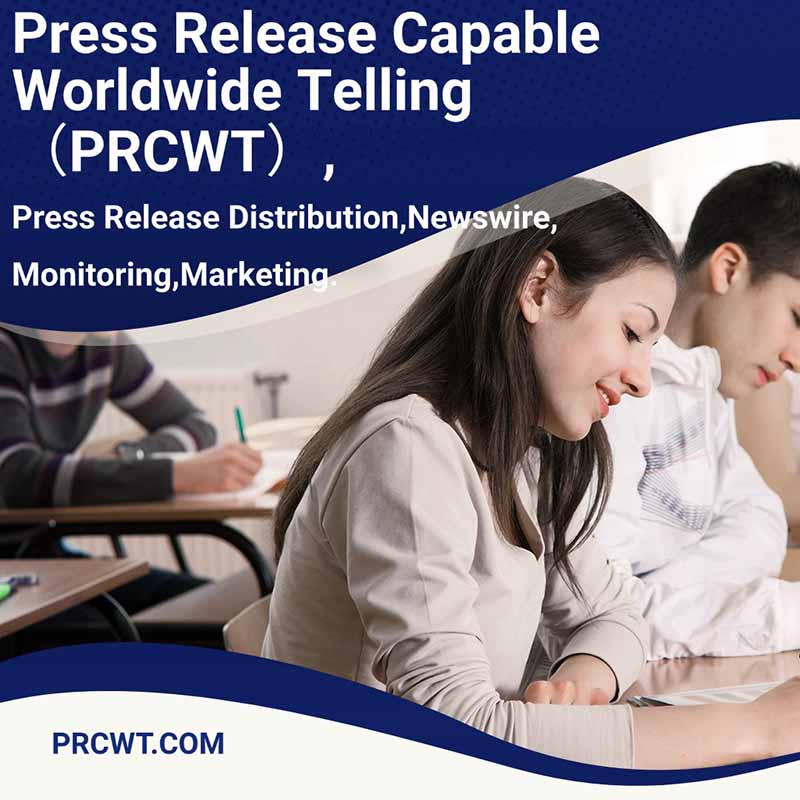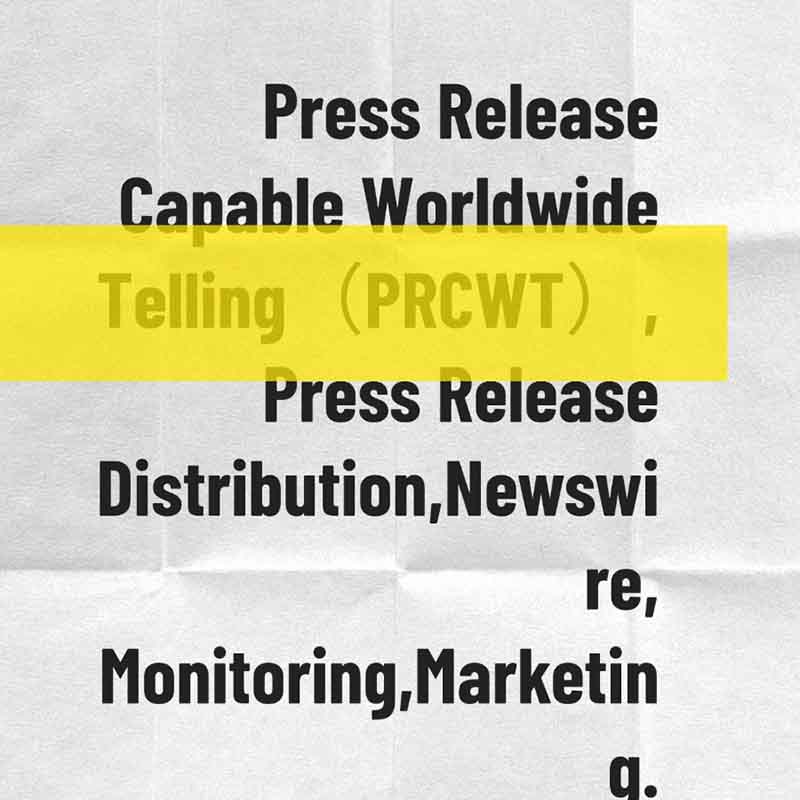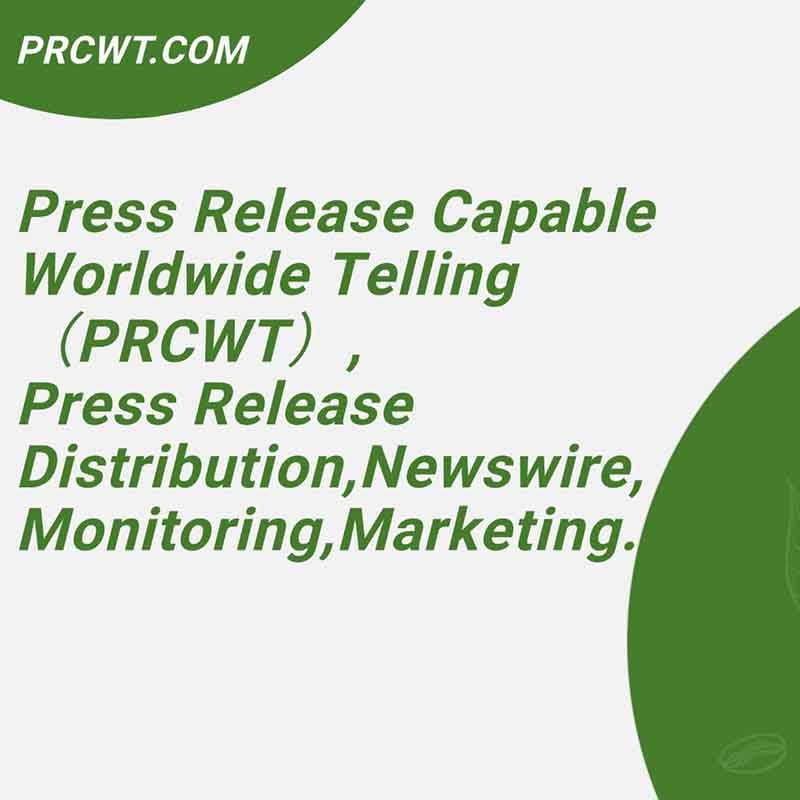In the digital age, media monitoring has become an essential tool for businesses and organizations to stay informed about the latest trends and conversations surrounding their brand, products, or services. It involves the systematic tracking and analysis of various media sources, including social media, news websites, blogs, and online forums, to gather valuable insights and intelligence.
The importance of media monitoring cannot be overstated. It allows companies to proactively manage their reputation, identify potential risks and opportunities, and engage with their customers in real-time. By monitoring the conversations happening in the digital space, businesses can better understand the needs and preferences of their target audience, and tailor their marketing strategies accordingly.
According to recent industry data, the global media monitoring market is expected to grow at a compound annual growth rate of over 10% in the coming years. This growth is being driven by the increasing importance of digital media, the need for real-time insights, and the growing demand for brand protection and reputation management.
One of the key benefits of media monitoring is its ability to provide real-time alerts and notifications. This allows businesses to respond quickly to emerging issues and crises, and take proactive measures to mitigate their impact. For example, if a negative tweet or review surfaces about a company's product or service, media monitoring tools can alert the relevant stakeholders immediately, enabling them to respond and address the issue before it spirals out of control.

Another important aspect of media monitoring is sentiment analysis. By analyzing the tone and sentiment of the conversations, businesses can gain a deeper understanding of how their brand is perceived by the public. This information can be used to identify areas for improvement and develop strategies to enhance brand reputation.
In addition to reputation management, media monitoring can also be used for market research and competitor analysis. By tracking the conversations happening around competitors, businesses can gain valuable insights into their marketing strategies, product launches, and customer feedback. This information can then be used to inform their own business decisions and gain a competitive edge.

To effectively utilize media monitoring, businesses need to invest in the right tools and technologies. There are many media monitoring tools available in the market, each with its own unique features and capabilities. Some of the popular tools include Brandwatch, Meltwater, and Hootsuite. These tools offer a wide range of features, such as real-time alerts, sentiment analysis, and social media listening, which can help businesses stay ahead of the curve.
In conclusion, media monitoring is a powerful tool that can provide businesses with valuable insights and intelligence. By staying informed about the latest trends and conversations surrounding their brand, companies can better manage their reputation, identify opportunities, and engage with their customers in real-time. With the right tools and strategies in place, businesses can use media monitoring to drive growth and success in the digital age.
